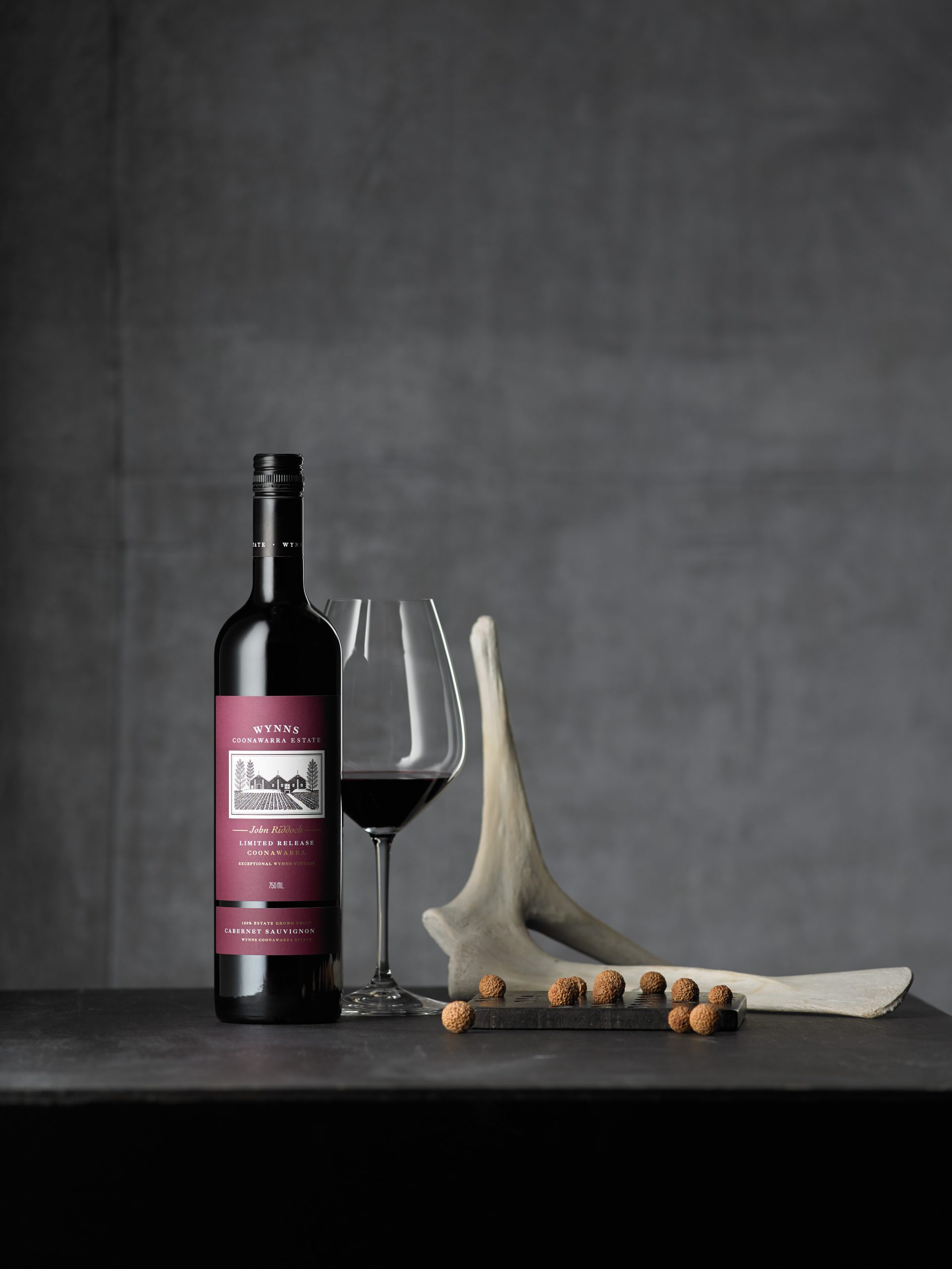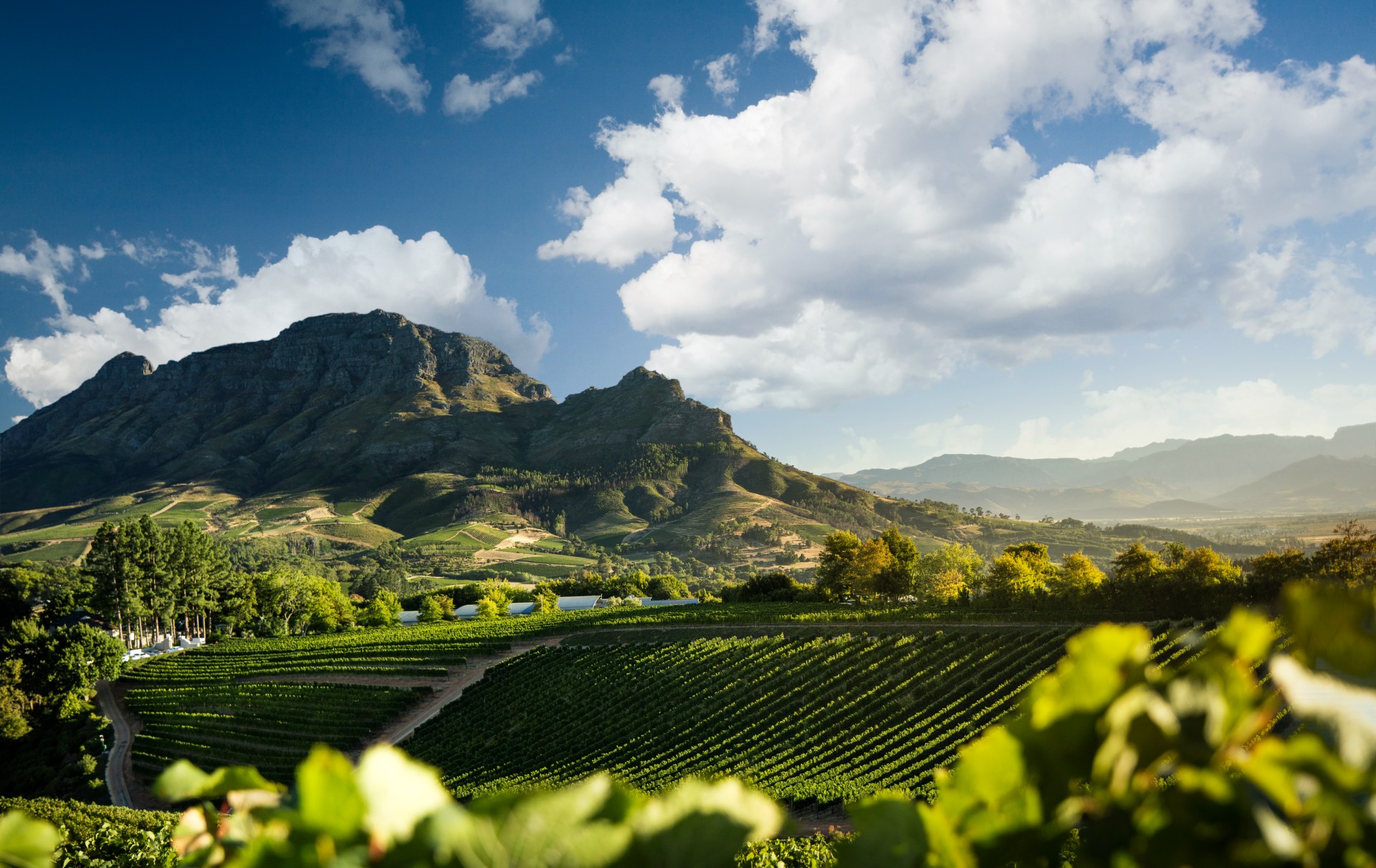New World wine icons bolster La Place de Bordeaux
Earlier this decade, sliding sales of fine Bordeaux sold en primeur was sounding the death knell for the historic distribution system of this region – known as La Place – but today it’s thriving, thanks to great Bordeaux blends, but from Italy and the New World, not just the Médoc.
Back in 2015, following an exclusive interview with the world’s most influential wine critic, Robert Parker, we ran a story quoting him saying that the en primeurs market was largely dead, and this followed news back in 2012 that first growth Pauillac Château Latour was quitting the en primeur system altogether, which sees wine sold via négociants to customers around the world before it has been bottled.
This would not mean that Bordeaux’s network of distributors would no longer handle Latour’s wine, but rather that they would now be selling it worldwide in small releases of older vintages – not wines from the most recent harvest while they were still in barrel.
As for the predicted failure of en primeur by Parker, should it come true, this would precipitate an end to a long-running, powerful, late springtime campaign of selling wines just after the vintage in a quick, efficient, and newsworthy manner, but not, of course, the practice of disseminating finished wines around the world throughout the year.
Nevertheless, La Place de Bordeaux was facing a series of setbacks, dragged backwards by a flagging interest among collectors for great Bordeaux that was of course too youthful to drink, and deemed too expensive to justify buying in its infant state.
As a result, news was reaching db of major négociants sitting on increasingly large stocks of unsold, immature wine, having paid the producers, be they the top names, or so-called petit châteaux.
Today, however, it appears such distributors are in a position of strength, buoyed by a good en primeur campaign with the 2016 vintage, and again, with 2018 too – although sales of such wine futures are to UK and European customers, not those in Asia, who prefer to buy finished wine.
But there’s another element to the current success of such Bordeaux négociants, and that concerns a newer aspect to their business, and one that’s relevant to what they are selling right now – that is, this week and the next.
This aspect is the sales of bottled, if youthful, great wine from beyond Bordeaux – generally made with Bordeaux grapes Cabernet and Merlot – that is sold in a similar manner to en primeur, but in the first two weeks of September, rather than the late spring.
In other words, the négociants agree a release date and price for a particular wine, which is then launched onto the market worldwide, although the system differs from cru classé claret in that such non-Bordeaux brands are ‘physical’, in other words, they are bottled, and ready for delivery.
Speaking yesterday to Valentin Jestin, who is the commercial & marketing director at Dourthe – sister company to CVBG (one of the top four biggest négociants) – at a tasting in London dubbed Bordeaux & Beyond, it appears that Italian and New World fine wines offer the négociants an important fillip to their business at a time of year when sales of fine Pauillac and Pomerol are quiet.
Such wines – which are mainly Super Tuscan brands from Italy, famous names from Napa, or so-called ‘icon wines’ from South America – now account for as much as 10% of CVBG’s business, spread across about 15 brands, and it’s a growing area of sales.
“It’s now a big part of our business,” Valentin told db, pointing out that CVBG has just taken on South Africa’s Klein Constantia – or rather, its historic sweet wine called Vin de Constance – and commented “We are open for more… we are looking.”
Ensuring such wines are pulled through the négociant system, which is a tool for global distribution, rather than brand building, are a number of factors, but, above all, according to Valentin, is the quality – “you need to be a great wine first”.
Evidence of this requires critical-acclaim, and it is notable how many of the brands outside Bordeaux have seen at least one 100-point score in recent history, from Almaviva to Masseto or relative newcomer to the system, Sonoma’s Vérité, which is overseen by French winemaker Pierre Seillan, and has achieved more 100 point scores than any other winery in the world, except possibly Michel Chapoutier.
These top-scoring wines are also benefitting from two further trends among fine wine consumers. One of these is the increasing number of newly-rich wine lovers around the world who haven’t grown up at a time when great Bordeaux was the sole fine wine proposition, particularly those in Asia, and simply want the best, wherever it comes from.
The second beneficial development is the broadening of tastes beyond Bordeaux among longstanding collectors, often for speculative reasons – for instance, for a wine like Masseto, which has enjoyed significant price appreciation in recent times due to both its quality and rarity.
So what’s in it for the producer? Why would the maker of a great wine chose to hand over distribution to a business based in Bordeaux?
Valentin says, “Because we offer the potential for very quick distribution; we have 100 sales people working for you, so we can present the wines around the world, which some of these wineries couldn’t do themselves.”
To sell through such a system does require more than just a high score of course, and, although Valentin told db that he has yet to take on a non-Bordeaux brand that failed to work, he did say that CVBG would like to take on brands “with a potential for development.”
Certainly, in a recent interview with db, former Asian export director for Chile’s Almaviva Winery, Andres Ballesteros, who has since set up Quattro Global Fine Wine Solutions, said that New World brands need to offer the Bordeaux négociants the promise of a return by investing in marketing, while also giving these distributors a good margin.
Partner Content
As representative for Uruguay’s first wine to sell on La Place de Bordeaux – a label called Balasto, made with the help of Super Tuscan wine consultant Alberto Antonini – he stressed that the brand owner must also continue to spend on marketing activity to ensure the wine is drawn through this distribution system.
“You must invest in the brand and its image; the marketing has to come from the producers, and since we launched Balasto in Bordeaux, it has continued to build its position as a super icon wine,” he commented, noting that the label has been repeatedly presented at tastings all over the world.
Beyond this, there’s also the issue of price. “You also have to understand how to manage the price strategy, and respect the conditions of the Bordeaux négociants, the price they will take it, and the price they will sell it: you must allow the négociants to have a comfortable margin.”
In summary, he said, “You need to give the négociants what they want, which can be exclusive rights for certain markets, and an allocation held in a Bordeaux warehouse, which is an investment…” adding, “Balasto complied with a checklist of elements that excludes most others.”
Encouraging the brand owner to make such investments is not just the promise of worldwide distribution, but also the positive affect selling through La Place can have on the image of a wine.
It was these dual reasons that prompted those behind Napa’s Joseph Phelps to start selling through the Bordeaux négociants, starting this year with two wines: Joseph Phelps Vineyards Napa Valley Cabernet Sauvignon and its Bordeaux blend Insignia, the first of its type for California, launched with the 1974 vintage.
Robert Baxter, export director for the winery, explained during a discussion with db yesterday, “On 19 September we will release our wines through La Place for the first time… because with the traditional importer model there are limits to how many customers you can reach, so it allows us to diversity in exports… we are mostly sold in the US.”
While he admitted that 85% of demand came from the wine’s domestic market, which was “great for the brand”, the Bordeaux négociant distribution system would offer Joseph Phelps a broader, and therefore more stable, base of customers, as well as “recognition globally.”
He added, “Many years ago people were saying that the Bordeaux model [of distribution] was out-dated, but here we are using it, it has bounced back, and we want to take Joe Phelps legacy to a level that he would be happy with: he was a consumer of the great wines of France, and we want to be recognised alongside such wines, and seen as one of the great wines of the world.”
Similarly, Hans Astrom, who is managing director of Klein Constantia, told db the reasons why he has chosen to sell the winery’s famous sweet wine, Vin de Constance, through La Place.
“This will be our first year, and 23 September is our release date for Vin de Constance,” he began, adding: “You see, we are a two-horse race, with dry wines and a historic sweet wine that people collect, and we felt that the two [sides of the business] would work better by themselves, and let Vin de Constance be at the same school as the rock stars – we are in the same room at Masseto, not just another South African sweet wine.”
Continuing, he said, “It’s like Fiat and Ferrari, they have the same owner, but they sell them differently.”
Also, he recorded, “And wherever we were in the world we felt that we were under-distributed, we would meet people who would say to us, ‘we love your wine, but where can we get it?, but now you can buy Vin de Cosntance anywhere.”
Interestingly, a spokesperson from Jackson Family Wines – which owns Vérité – said that while some of the winery’s customers were frustrated at having to buy through La Place de Bordeaux because they only ordered top end Californian and New World wines, such accounts were in fact providing the négociants with a potential source of new business for their cru classé clarets.
Indeed, the négociants of Bordeaux are handling more fine wine brands from beyond their regional borders, because they see an opportunity for critically-acclaimed products from a range of sources as a way to open doors in emerging markets such as China.
So, not only can such wines bring a profitable source of new business for the négociants, it can also give them a chance to introduce the great traditional fine wines of France to a fresh audience.
Finally, it gives them something to sell later in the year – with late spring established as the campaign time for fine claret, September is now becoming well-known as the period for releasing the great Bordeaux blends from beyond Bordeaux.
Read more
WHY A WINE FROM URUGUAY IS BEING SOLD BY THE BORDELAIS
LAURA CATENA REVEALS HER ‘100-YEAR PLAN’




